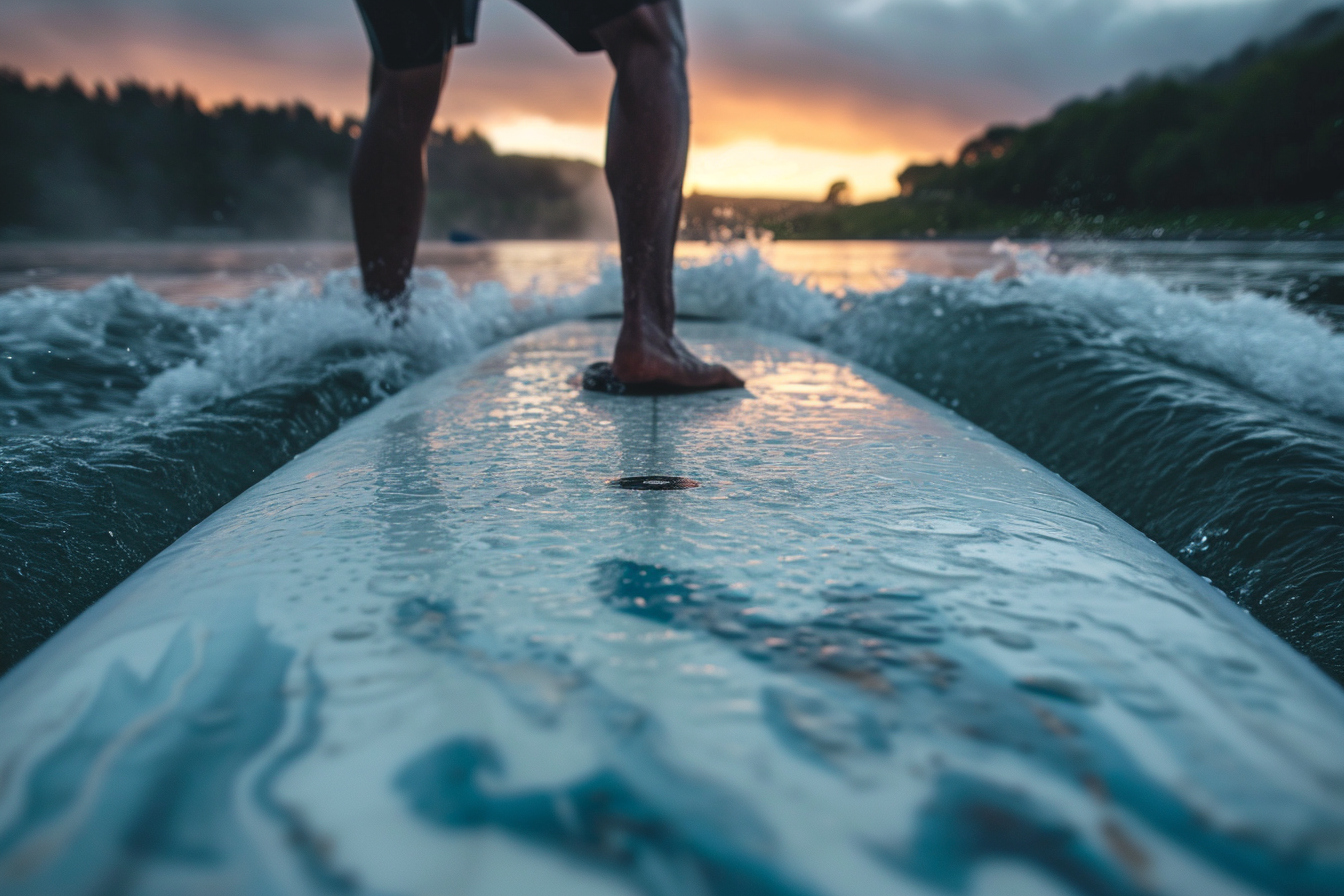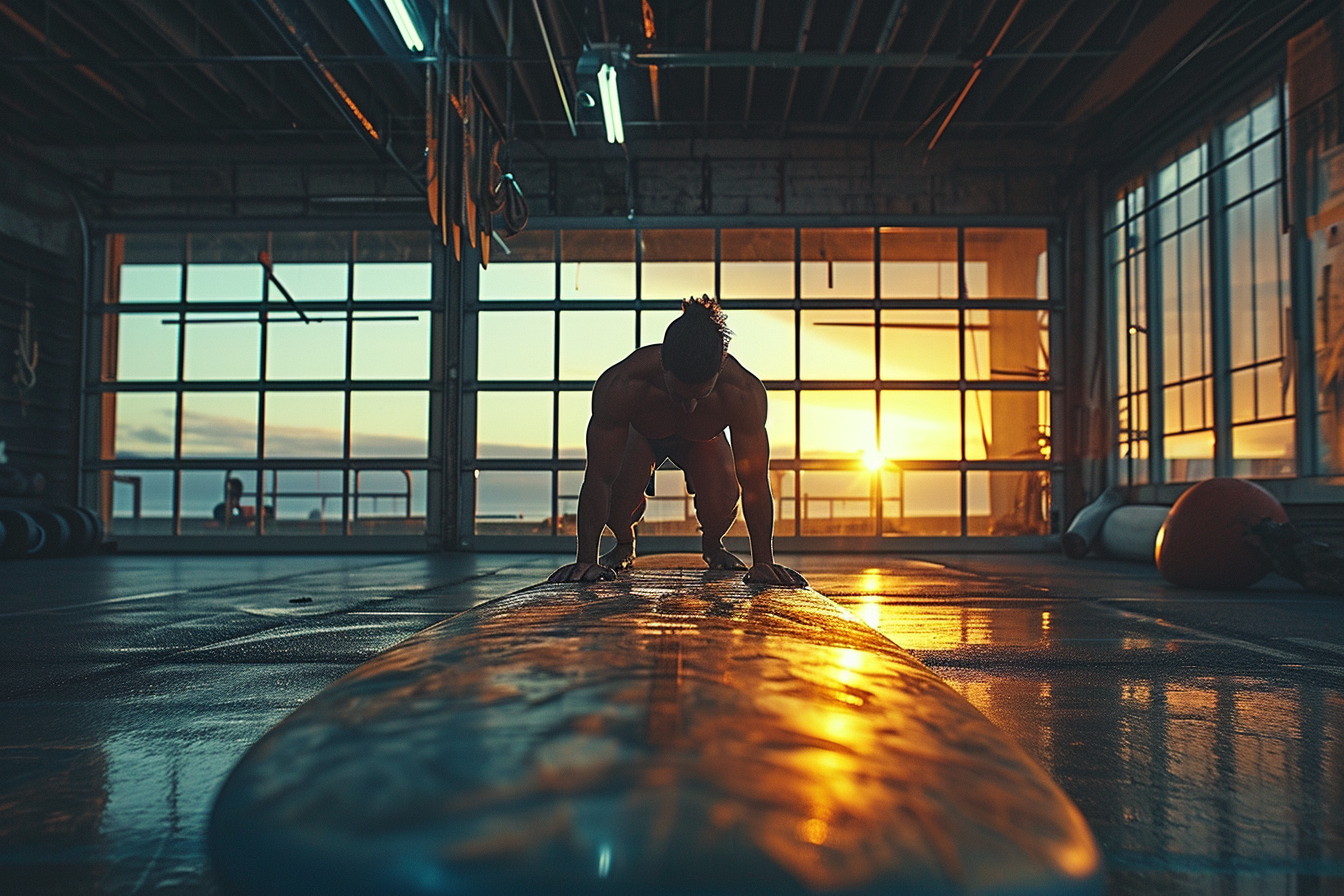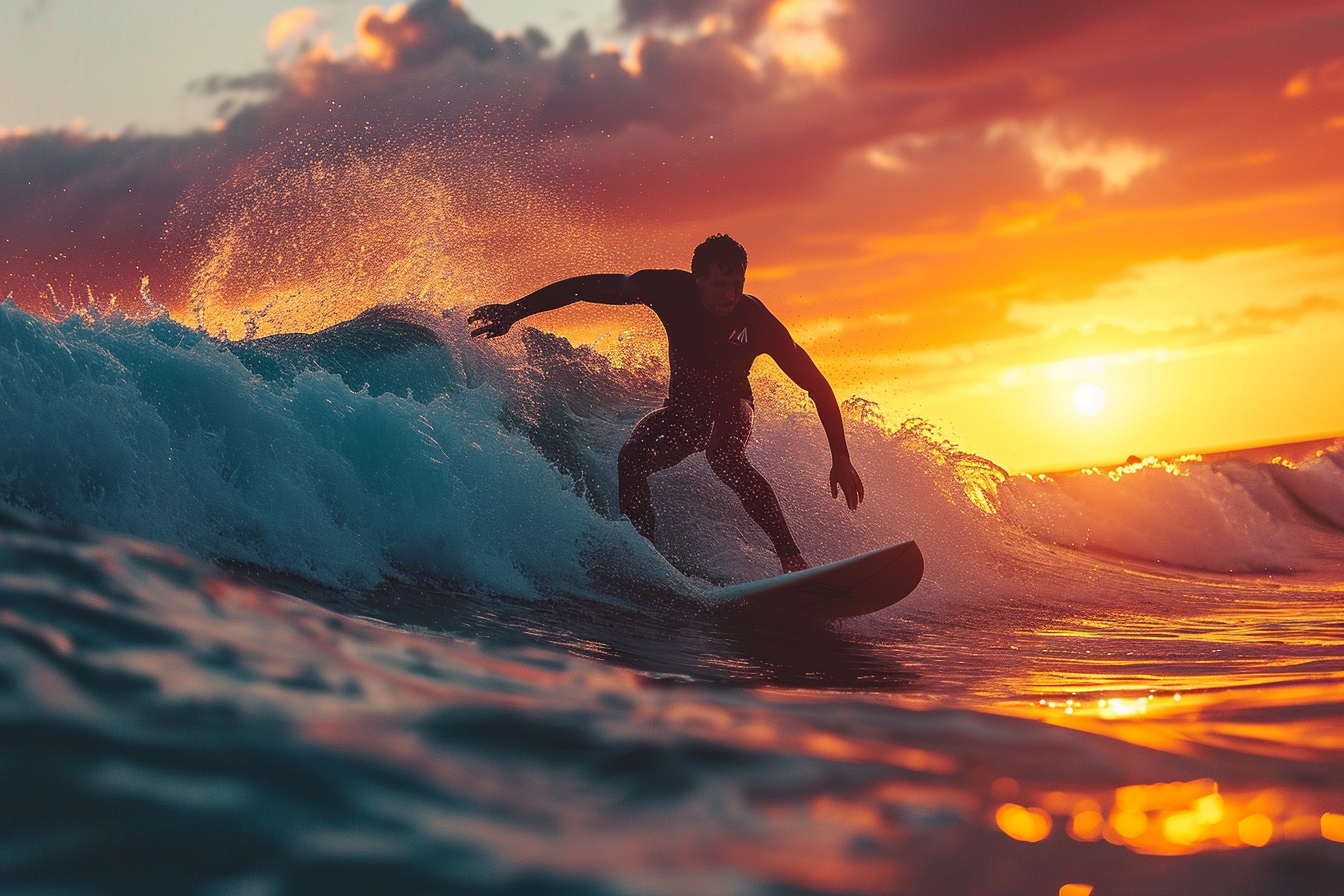Wakesurfing has emerged as a thrilling water sport that ingeniously combines the elements of surfing, wakeboarding, and water skiing. However, newcomers often find themselves awash with questions about how to begin their journey on the waves. With the correct information and approach, even beginners can quickly get up to speed and ride the wake like a pro. In this deep dive into the world of wakesurfing, you will embark on a comprehensive path to mastering this captivating activity.
Understanding wakesurfing
At its core, wakesurfing is a water sport where the surfer rides the boat’s wake without being directly towed by the boat after getting up. It is different from wakeboarding, as the rider surfs on a smaller board and is not bound by any straps. The board is designed to glide with the wake created by the boat, which acts as an endless wave for the surfer to enjoy.
The science of the wake
How does the wake form a surfable wave? The boat, when moving at a specific speed, displaces the water to create waves behind it. These waves then converge and form a larger, surfable wake. The shape and size of the wake are influenced by the boat’s design, ballast configurations, and the speed at which it travels.
Preparing to wakesurf

Success in wakesurfing begins long before setting foot in the water. Preparation is essential, and it involves understanding equipment, learning wake etiquette, and physical conditioning.
Equipment essentials
The essential wakesurfing equipment includes:
- Wakesurfing Board: Select a board suitable for your skill level and weight. For beginners, a larger board offers more stability and easier floatation.
- Wake Boat: Specialized boats with inbuilt ballast systems that enhance the wake for surfing.
- Personal Flotation Device (PFD): A quality life vest is mandatory for safety.
- Wakesurfing Rope: A shorter rope with a thicker diameter is preferable to help you pull yourself into the wave.
Getting the right boat set-up
For those who take wakesurfing seriously, the set-up of the boat is non-negotiable. Boats designed specifically for wakesurfing are equipped with special features, such as ballast bags and wake-shaping devices, to create the perfect wave. Additionally, the speed of the boat is crucial – generally, a speed between 9 to 14 miles per hour is ideal for generating a clean, surfable wake.
Wake etiquette and safety
Safety should be your top priority. Always have a spotter in the boat who can keep an eye on the surfer, and understand the local regulations regarding water sports. Regarding etiquette, respect the unspoken rules of the water – give other surfers and watercraft a wide berth and avoid creating wakes in no-wake zones.
The fundamentals of wakesurfing
Now, onto the meat of wakesurfing: the actual riding technique. The process can be broken down into several stages, each crucial for success on the water.
Board positioning and body placement
Position the wakesurfing board in the water so that it’s perpendicular to the swim platform. Lie on the board with your heels on the edge and your knees bent towards your chest. The rope should be held in both hands, while the board’s nose is just above the water surface.
Getting up
When the boat starts moving, let it pull you up by leaning back and keeping your weight on your heels. The instinct might be to stand up too quickly, but resist it. Instead, gradually come up to a crouched position, keeping the board’s tip out of the water to avoid nose-diving.
Finding the sweet spot
Once on your feet, search for the wave’s sweet spot, where the wake is robust and steady, allowing you to ride without the aid of the rope. This is where the real wakesurfing begins. You will identify this area by the push you feel on the board. Mastering this phase requires patience and practice.
Wakesurfing techniques and maneuvers
With the basics in hand, enthusiasts can move on to advanced techniques that will sharpen their wakesurfing skills and add flair to their performance.
Stance and balance
A proper stance on the wakesurfing board involves having your feet shoulder-width apart, knees slightly bent, and body leaned slightly forward. Balance is essential for controlling the board, and it’s achieved through subtle body movements. Distributing your weight between the front and back feet will affect your speed and position on the wave.
Turning and carving
Turning on a wakesurf board is done by pressing down on the toes or heels, similar to snowboarding or regular surfing. Carving, which involves a series of linked turns, can add a dynamic aspect to your wakesurfing. It’s a pivotal skill to master for anyone looking to boost their wakesurfing credibility.
Riding without the rope
Relying less on the rope and more on the wave’s energy is a milestone in wakesurfing. To achieve this, find the push from the wave and use your body movement to stay in this power zone. The goal is to ride indefinitely on the wave’s energy without holding onto the tow rope.
Tricks and aerials
For those who want to take their wakesurfing to an acrobatic level, learning tricks and aerial maneuvers is the next logical step. This may include spins, grabs, and even flips. It requires a deep understanding of the wake’s dynamics, proficiency in balance, and a considerable measure of courage.
Learning the pop
Gaining height off the wake, known as ‘pop,’ is a fundamental skill for aerial tricks. This is achieved by compressing your knees as you approach the wave’s peak and extending your legs rapidly, leveraging the wave’s energy to launch you into the air.
Progressing in wakesurfing
Consistent progress in wakesurfing stems from deliberate practice, self-analysis, and possibly even coaching from more accomplished riders. Observation and feedback are crucial elements for improvement.
Analyzing your technique
Consider video recording your sessions to analyze your technique. Watching yourself can be instrumental in correcting body positioning and timing. Understanding what works and what doesn’t is essential to incrementally evolving your wakesurfing prowess.
Community and learning
Engagement with the wakesurfing community, either locally or online, provides invaluable resources and camaraderie. Sharing experiences and tips can accelerate learning curves and introduce diverse perspectives on progression.
Private coaching
Consider the benefits of private coaching. A seasoned instructor can provide targeted advice, helping to iron out kinks in your technique and introduce nuances that might take much longer to discover on your own.
Conditioning and strength training

Wakesurfing demands not only technical skill but also physical fitness. Implementing a conditioning and strength-training regimen can enhance performance significantly.
Core strength
A strong core is the cornerstone of good balance and control in wakesurfing. Incorporating exercises that target the abdominal and lower back muscles can pay dividends when you’re out on the water.
Leg strength and agility
Powerful legs aid in maintaining a firm stance on the board and executing sharp maneuvers. Plyometric exercises, which improve explosiveness and agility, are particularly effective for wakesurfers aiming to add height to their jumps.
Endurance training
The stamina to stay on the wave for extended periods is a product of cardiovascular conditioning. Endurance workouts, such as swimming, running, or cycling, can build the necessary stamina for long wakesurfing sessions.
Embracing the wakesurfing lifestyle
Beyond the technical aspects, wakesurfing is also about embracing a lifestyle that cherishes the outdoors, adventure, and a sense of community. It represents a commitment to mastery and the enjoyment that comes with it.
Wakesurfing enthusiasts often speak of the undeniable rush of gliding effortlessly behind a boat, the joy of sharing moments with friends and family, and the satisfaction of continuous improvement. This lifestyle is contagious and often serves as a motivation in itself to dive deeper into the sport.
As you start your journey into wakesurfing, you’ll undoubtedly encounter challenges. Yet, with perseverance and a focus on incremental growth, those challenges will evolve into milestones of your progression. Remember, every expert was once a beginner – and with the right approach, you’ll soon be carving waves with the best of them. The world of wakesurfing awaits, ready for you to leave your mark on its endless, dynamic waves.


Leave a Reply